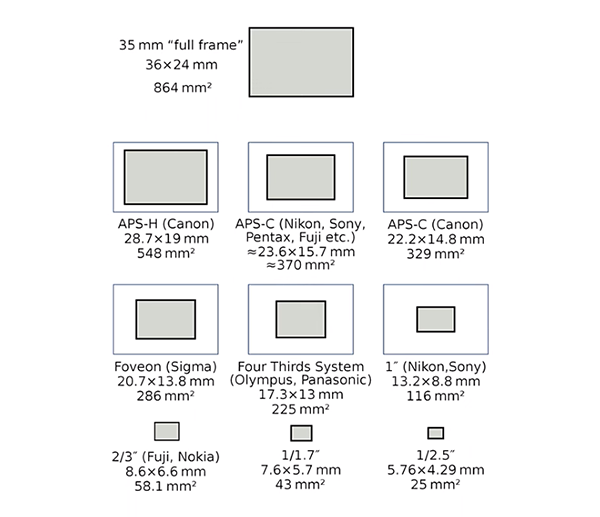Do YOU Need a Full-Frame Camera? Watch This Before Making the Leap (VIDEO)
There’s a lot of hype about the “superiority” of full-frame cameras these days, and it’s important to separate the marketing chatter from the difference in sensor size as pertains to your particular style of photography. If you’re thinking about “stepping up” we encourage you to watch this video before making the switch.
Instructor Vlad Manea is a Romanian pro based in Germany whose straightforward tutorials are geared toward novices and evolving photographers. In this episode he explores a variety of sensors sizes so you can make an informed choice on an upgrade—or keep the camera you already own and use your cash to invest in better glass instead.
Most discussions on this topic limit their focus to a comparison of full-frame vs. APC-C sensors, but Manea takes a more comprehensive view and includes other sensor sizes as well. After all, there are excellent shooters (some of them pros) who use micro four thirds (MFT) to capture their spectacular imagery.

And what about high-end compacts with one-inch sensors, or medium-format cameras with sensors that are much larger than full-frame. And even though it may be difficult to admit, it’s possible to capture beautiful photographs with a camera phone—despite its tiny sensor.
The bottom line is that the choice you make has a lot to do with the type of photos you shoot most. Landscape photographers, for example, gravitate to cameras with the largest sensor they can afford, while sports shooters, photojournalists, wildlife photographers and other are often more concerned with burst rate and processing speed than sensor size.
Budget is another consideration because full-frame (or larger) models are typically more expensive, as are the lenses these cameras require. And if you don’t own a juiced-up computer, the larger files captured by full-frame models can really bog down the image-editing process. Storage limitations also factor into the equation.

If you do a lot of strenuous hiking in the backcountry, lightening your load and the size of your pack can be a critical concern that may rule out a big, hefty full frame camera. And even photographers who own high-resolution full-frame models often prefer a full-featured, pocketable compact when traveling or on vacation.
By now it should be clear why many of us own more than one or two cameras; namely because there’s no one model that will do it all. So pay attention to Manea’s advice and remember this: What you want and what you really need, aren’t always the same.
Manea’s popular YouTube channel contains many more valuable insights like these, so be sure to take a look.
And for all you mobile photographer out there, don’t miss an earlier tutorial we posted that explains the best camera and app settings for capturing stunning photographs with an iPhone.




